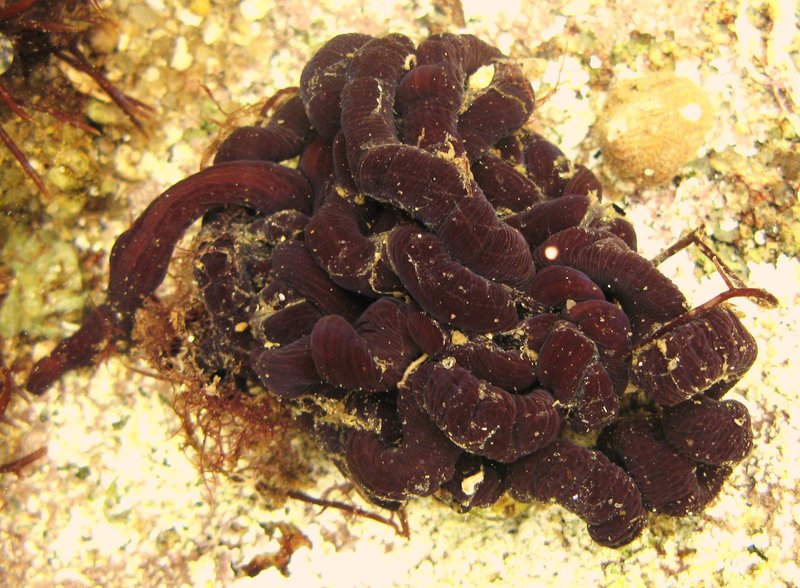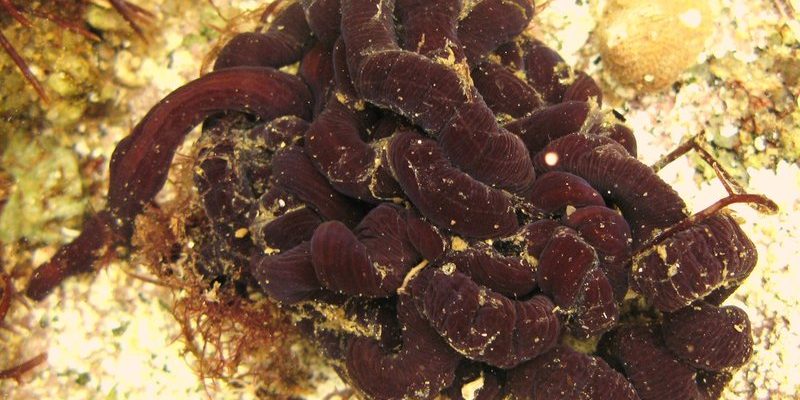
So, what makes these worms so special? Well, they play a vital role in their ecosystem. They help to recycle nutrients and aerate the sand, making them critical to the health of intertidal zones. In this article, we’ll dive into the world of bootlace worms—how to identify them, where they live, and why they matter. Let’s explore together!
What Are Bootlace Worms?
Bootlace worms belong to the *Lineus* genus and are commonly found in marine environments across Europe. About 200 species exist, but the most recognized is *Lineus longissimus*, which is the star of our show today. These worms are fascinating not just for their length but also for their unique behaviors.
You might be surprised to learn that bootlace worms possess a remarkable ability to regenerate. If they lose a part of their body, they can often grow it back! That’s like if you lost a finger, and it just grew back, right? This ability is a part of their survival mechanism in the wild. They thrive in intertidal zones, which are the areas between high and low tide.
Their bodies are made up of small segments, and they often appear in shades of brown, blue, and green, blending seamlessly with the mud and sand. When looking for bootlace worms, keep in mind their texture can also vary from smooth to slightly ridged.
Where to Find Bootlace Worms
Bootlace worms typically inhabit intertidal zones along coastlines, often hidden beneath the sand or mud. These habitats are crucial for their survival, providing the right mix of saltwater and food sources. As the tide goes in and out, they have their own little feeding frenzy.
You might wonder how to spot these elusive creatures. Look for small, tiny burrows in the sand or soft mud. Sometimes, when the tide lowers, you can see parts of them exposed, wiggling about. They prefer areas rich in organic material, so the muddy spots near rocky outcrops, estuaries, or coastal flats are prime hunting grounds.
During low tide, you can often catch a glimpse of them if you dig carefully into the substrate. Just be sure to do this gently, as you don’t want to harm these fascinating organisms or their habitat!
How to Identify Bootlace Worms
Identifying bootlace worms can be more challenging than it seems. Here are some tips to help you out:
- Length: Bootlace worms can grow incredibly long—up to 30 meters! However, they often retract and can be shorter when exposed.
- Color: Typically, they have a mix of colors like brown, yellow, green, or blue. Their color can often reflect their habitat.
- Movement: They move in a unique, wriggly way, almost like a snake. If you see a long, fluid motion in the sand, it’s likely a bootlace worm.
- Segmented Body: If you can get close enough, you’ll notice their bodies are made up of small segments, which can help in identifying them.
You might also confuse bootlace worms with other creatures, like ribbon worms or sea cucumbers. However, the sheer length and slimy texture are telltale signs. The best way to get familiar with them is to spend time observing them in their natural habitat, so bring a notebook and jot down what you see!
Why Bootlace Worms Matter
You may not think about it, but bootlace worms play a vital role in the ecosystem. Here are a few reasons why they matter:
First, they help recycle nutrients in the sediment, breaking down organic materials that enrich the soil. This process is critical for the growth of various plants and smaller organisms, contributing to a thriving ecosystem. So, think of them as nature’s little recyclers!
Second, bootlace worms help to aerate the sediment. As they burrow and move through the sand or mud, they create channels that allow water and nutrients to flow, benefiting other marine life and plants. It’s like they’re creating a miniature highway under the surface!
Finally, these worms serve as a food source for various predators, from birds to larger fish. By supporting the food web, they ensure that other species can thrive, too. Understanding their role helps us appreciate the complexity of marine ecosystems.
Conservation and Protection
Despite their importance, bootlace worms face threats from pollution, habitat destruction, and climate change. Here’s the thing: protecting these creatures is crucial not just for their survival but for the health of marine ecosystems as a whole.
You can help by being mindful during beach visits. For example, avoid disturbing their habitats and limit pollution by cleaning up after yourself. Supporting local conservation efforts can also make a big difference. Many organizations work hard to protect intertidal zones and ensure their ecosystems remain healthy and functioning.
Educating yourself and others about bootlace worms and their importance is another way to contribute. The more people know, the more likely they are to care!
Fun Facts About Bootlace Worms
Let’s wrap things up with some fun facts that you’ll want to share with your friends:
- Bootlace worms have been known to regenerate lost body parts, even after significant damage!
- They can be surprisingly colorful. Some species sport bright hues that help them blend in with their surroundings.
- When they feel threatened, they can secrete a substance that may deter predators, making them tricky to catch.
- While they can grow to impressive lengths, most are typically much shorter, especially when living in less than ideal conditions.
These tidbits not only make bootlace worms fascinating creatures to study but also shine a light on the importance of marine life!
In conclusion, identifying bootlace worms in intertidal zones is more than just a fun beach activity; it’s a gateway into understanding the delicate balance of marine ecosystems. By knowing how to spot these unique creatures and appreciating their role, we can contribute to their conservation and ensure that future generations can enjoy the wonders of our oceans. So, next time you’re at the beach, keep an eye out for these long, wriggly worms and all the magic they bring to the shore!

